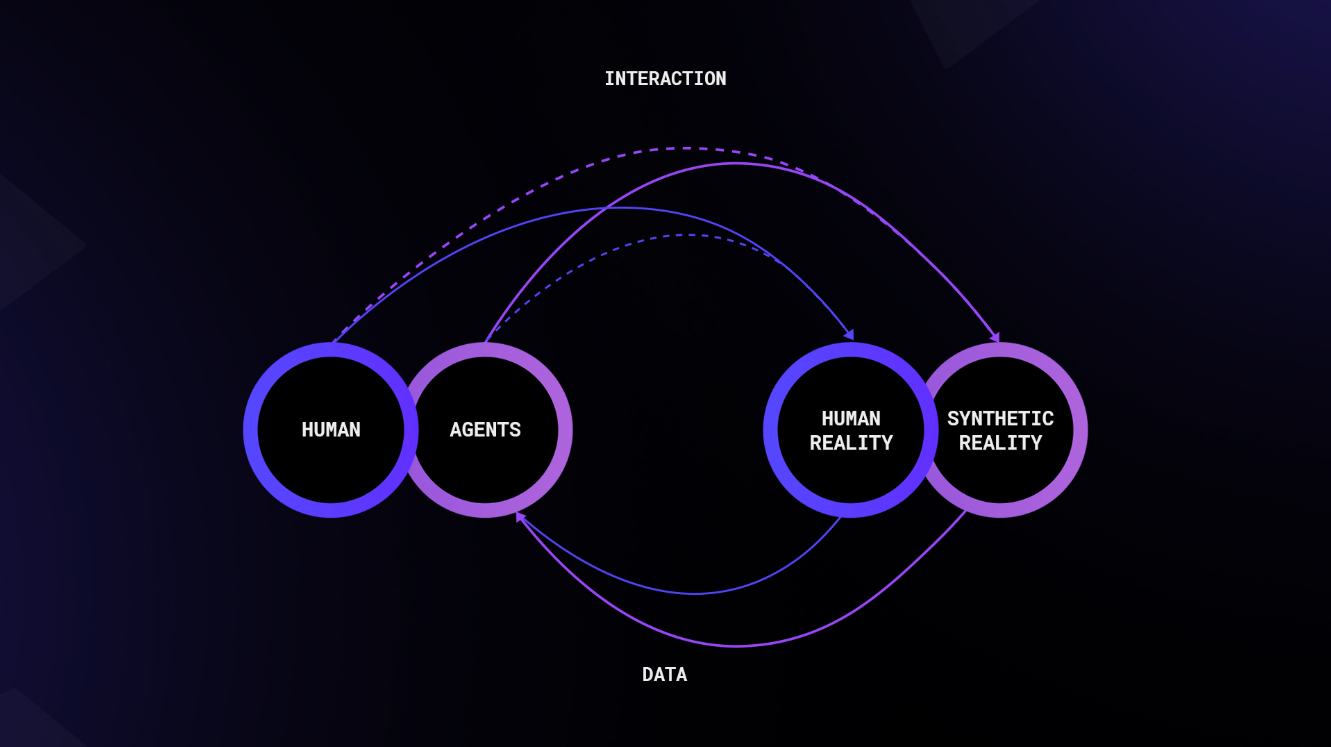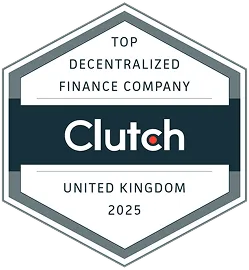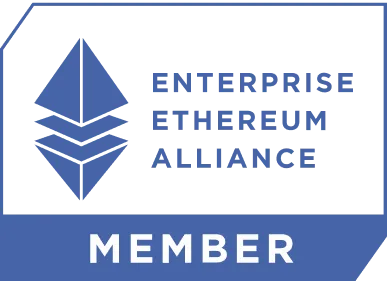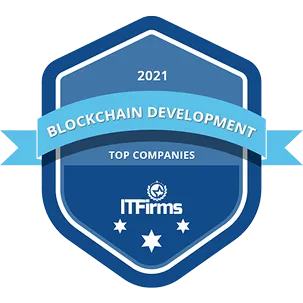InfoFi Guide: Data-Driven Research

Introduction: Why InfoFi Matters Now
The crypto industry has always revolved around narratives. From DeFi to NFTs, from GameFi to RWAs, each wave of innovation reframed how blockchain could be applied to new markets. Today, a fresh narrative is emerging: InfoFi — short for Information Finance.
InfoFi positions information itself as a financial asset. It combines AI, blockchain, and incentive design to reward users, researchers, and communities for generating, curating, and distributing high-value insights. In other words: if DeFi was about making money programmable, InfoFi is about making attention programmable.
Make sure to follow us on X for more deep dives.
In a world where crypto generates thousands of new projects, tokens, and narratives every year, information overload is inevitable. For C-suite executives, VCs, and institutional players, the challenge is simple: How do you separate signal from noise? InfoFi claims to solve this by indexing the chaos of crypto chatter, using AI to filter quality, and rewarding those who bring clarity.
The result is a new sector where information discovery and distribution becomes an investable, tokenized ecosystem.
What is InfoFi?
At its core, InfoFi (Information Finance) is about financializing the attention economy.
- InfoFi is the set of protocols, platforms, and incentive systems that turn data, insights, and social attention into measurable, tradable, and rewardable assets.
- Users generate and share insights (tweets, posts, analysis, trades). AI models score their relevance and quality. On-chain protocols reward participants with tokens, points, or future airdrops.
- Instead of paying for ads or influencers, projects can bootstrap growth by directly rewarding communities for authentic engagement.
This represents a shift from traditional marketing to decentralized, tokenized engagement. Instead of hiring a PR firm, protocols can say: “Here’s $50,000 in rewards. Talk about us. The community will decide who gets paid.”
Where SocialFi focused on monetizing followers and interactions, InfoFi goes deeper: it ties insight and reputation to financial rewards.
InfoFi vs prediction markets
There’s a parallel here with prediction markets. Both are about extracting value from information. InfoFi turns engagement into rewards. Prediction markets turn decisions into rewards. In both cases, the underlying value is knowledge, just structured differently.
Platforms like Polymarket show this clearly. You don’t get paid for making memes — you get paid for placing bets in the game on outcomes. Whether it’s “Will BTC hit $500k by year's end?” or “Who wins the US election?”, the market aggregates belief and reveals probabilities. In 2024, Polymarket handled over $3.6B in trading volume during the U.S. election cycle.
There are smaller but notable players too. Kalshi is regulated in the U.S. and lets traders bet on things like inflation prints or Fed decisions. In crypto-native space, projects like Zeitgeist on Polkadot and Predict on Solana are experimenting with on-chain event markets. They haven’t hit Polymarket’s scale yet, but the principle is the same: reward users not for what they say but for what turns out to be true.
Macro Drivers: Why InfoFi grows in 2025
We were highly interested in why this narrative grows so fast. Here’s what we’ve found:
- Information Overload. With thousands of tokens and projects launching every month, the crypto space has become impossible to navigate manually. Institutional investors and traders need tools to filter meaningful insights from endless Telegram threads, tweets, and forum posts.
- AI + Blockchain Synergy. Advances in NLP, large language models, and graph databases allow platforms like Kaito to index millions of data points in real time. Blockchain ensures transparent incentives and traceable reward distribution.
- The Attention Economy Goes On-Chain. Web2 platforms like Twitter and TikTok have long monetized user attention. InfoFi flips the model: instead of corporations capturing value, users capture value directly for their contributions.
- VC and Institutional Endorsement. Major funds — Dragonfly, Sequoia, Pantera, Spartan Group — have invested tens of millions into InfoFi startups. This level of backing signals credibility and long-term potential.
- Token Launch Evolution. Instead of raising capital via pure speculation, projects can now earn attention via InfoFi campaigns. Airdrops, loyalty tokens, and attention campaigns have already proven effective in creating network effects.
Key InfoFi Platforms
Kaito: Crypto Platform for Attention Tokenization
Kaito is the flagship InfoFi project, combining AI, blockchain, and tokenized incentives. It is more than analytics — it’s a full attention marketplace. Let’s break it down.
On one side, it’s a serious data infrastructure product: an AI engine that indexes crypto-native sources (X, Farcaster, Telegram, governance, news, podcasts, etc.) and turns the information into structured knowledge. Companies pay for access through a SaaS subscription model.
On the other side, it’s a community marketplace for attention: users earn Yap Points when they generate and share content about projects. Projects can fund campaigns on Kaito, and the most impactful contributors get rewarded in tokens or points that have value.
Kaito's early investors and numbers
Kaito was founded in 2022 by Yu Hu (ex-Citadel PM; early career at Deutsche Bank). The company raised $10.8M total:
- $5.3M seed (Feb 2023, led by Dragonfly with Sequoia, Jane Street, Mirana, AlphaLab/Caladan participating) and
- $5.5M Series A (Jun 2023) at an $87.5M valuation
Crypto-native funds (Dragonfly, Spartan) bring narrative and token design credibility. Sequoia and Jane Street bring institutional validation, suggesting that the “information-as-asset” model resonates even with TradFi.
Kaito began as a crypto-native search engine and has since evolved into a full product suite. Kaito’s public Dune shows ~200,000 monthly active users (“yappers”) and $116M+ total value distributed across the ecosystem in Q4 2025.

- Kaito Pro — the AI market-intel layer. It reads crypto-native sources (X, Farcaster, Telegram, governance, news, podcasts, etc.), does semantic indexing, and gives you MetaSearch, mindshare/sentiment, narrative rotation, alerts, and dashboards — built for research.
- Kaito Yaps — the tokenized-attention layer. Creator posts are model-scored (quality, focus, reputation), ranked on public leaderboards, and paid from protocol budgets (USDC/tokens/points). It’s how companies can run on-chain, ROI-trackable campaigns.
For example, dYdX committed $50,000/month to incentivize authentic attention campaigns via Kaito. - Kaito Connect — the coordination layer. Community voting (e.g., Yapper Launchpad) decides which leaderboards go live, ecosystem boards surface top contributors, and partner integrations route.
This model — enterprise analytics & gamified attention — makes Kaito the leader of the InfoFi market: monetizing both the supply of attention and the demand for institutions.
CookieDAO: Community-driven InfoFi Platform
CookieDAO is a community-owned InfoFi “data layer” platform focusing on multidimensional analytics and consists of three parts:
- Cookie.fun (analytics) — continuously scores opinion leaders on X by engagement quality and loyalty to produce mindshare leaderboards, even when no paid campaign is running.
- Cookie Snaps (a creator rewards network) — routes project budgets to the creators whose posts score best on quality, sentiment, and loyalty.
- Cookie Data APIs for builders and AI agents.
In practice, Cookie.fun is already tracking and ranking opinion leaders (with loyalty weighting) even when no campaign is live, so the moment you fund a campaign you’re amplifying an existing leaderboard rather than bootstrapping from zero. This means faster campaign launch, quicker creator routing, and immediate narrative lift.
CookieDAO acts as a community-powered insight engine. It rewards high-quality Twitter analysis while offering institutions dashboards on token sentiment, liquidity, and hype cycles.
Speaking of institutions, let’s talk about the business side. CookieDAO has raised ~$5.5M pre-TGE (seed + strategic) with an additional ~$0.8M via public IDOs. Listings went live on Bybit, KuCoin, Gate, MEXC, and Bitget. Backers include Animoca Brands, Spartan Group, Mapleblock, Castrum, plus GSR, Hartmann, and others (4 rounds with 40 investors).
Wallchain Quacks: Monetizing Solana and Base
Wallchain Quacks is an attention protocol that reads your public X (Twitter) activity, scores the usefulness of what you post, and pays you in “Quacks” points. It sits alongside X Score (the influence metric) and a growing set of public leaderboards that projects can fund with rewards.
X Score (reputation layer) is a 0–1000 influence score based on follower quality and engagement. The idea is to spot fake KOLs and quantify real influence so campaigns don’t light budgets on vanity accounts.
Let’s take a look at numbers:
- Funding: Separate from Quacks, the Wallchain team previously raised a six-figure amount from Cypher Capital. That’s the only amount with clear public sourcing
- Avantis ran a two-month Wallchain leaderboard that paid out ~$2.82M to top contributors and correlated with 42k daily traders (2–5× increase) and total trades rising from 1.5M to 2.32M. The case write-up lives on Wallchain’s blog and includes before/after activity deltas.
- Wallchain now lets any account claim a free mindshare leaderboard, not just partners, which drops the time-to-launch from weeks to minutes; they say they can generate millions of leaderboards simultaneously after algorithm optimizations.
This shows how InfoFi drives both community engagement and real on-chain activity.
ProtoKOLs: Narrative and KOL tracker
ProtoKOLs builds a Web3 marketing intelligence suite: verify any X account, analyze KOL activity, map token mentions, and correlate influencer posts with charts. It also runs a KOL token (ERC-20) with a small circulating market cap (low liquidity; data varies by venue). The product targets projects, agencies, and growth teams that need measurable, real-time campaign analytics. Team details are light publicly, but the product footprint is visible across its site and X presence.
GiveRep: Sui-native social reputation
GiveRep quantifies social influence on-chain for Sui. Users earn on-chain REP points from social activity and ecosystem participation; REP underpins reputation/loyalty across Sui communities.
GiveRep also offers liquid staking: stake SUI to mint repSUI, which integrates across its reputation/loyalty flows.
Founder: Eason Chen (Sui ambassador; ex-Mysten Labs research intern). Monetization leans toward ecosystem rewards and partner airdrops; no public fungible token for REP (it’s a points/reputation system). Traction: active Sui community campaigns and staking flows; positioning as an attention/reputation rail for Sui projects.
Fantasy.top: Gamified influencer markets (NFT TCG)
Fantasy Top turns crypto influencers into NFT trading cards: players compose lineups whose scores track real-time X engagement.
It launched on Blast in May 2024:
- ~$36M weekly NFT volume shortly after launch;
- creators shared ~600 ETH;
- later it announced a $4.25M seed and migrated to Base (L2) on July 15, 2025.
The game now has 120K+ players and multi-million rewards, with more than 120 influencers represented early on. For brands and KOLs, it creates a liquid, gamified attention market. For players, it’s fantasy-sports mechanics over social data.
Mirra: “AI brain” of InfoFi
Mirra aimed to curate high-quality Web3 intel with community-in-the-loop AI. Contributors would earn NLP points (and potentially tokens) for validating the signal. The system rewarded creators and “scouts” whose finds were AI-verified. As of late 2025, the team publicly stated that the terminal’s development is paused while resources are redirected. If/when resumed, expect curation, rewards and social data pipelines aligned with InfoFi.
Ethos: On-chain credibility and peer reviews
Ethos is a reputation/credibility layer: users accrue a Credibility Score from peer reviews, attestations, and vouches. Weight depends on the reviewer’s own credibility, with a Chrome overlay that surfaces scores on X, OpenSea, and more.
Pre-seed: $1.75M (July 2024) from a collective of angels (e.g., Zeneca, dingaling). Founders: Trevor Thompson (CEO) and Ben Walther (CTO). Ethos focuses on reducing scams by making reputation legible and portable across Web3 UX.
Arbus: Contextual intelligence layer
Arbus builds an AI-powered market-intelligence stack for InfoFi:
- Arbus Terminal (narrative/sentiment/trend analysis, AI assistant, project index);
- Stake-to-Access gated by $ARBUS;
- deep integrations with Virtuals Protocol’s ACP so agents can query structured intel directly.
After ~2 years building and a 6-month closed beta (~5,000 users), Arbus launched on Virtuals in May 2025. $ARBUS is a utility token inside Virtuals Genesis, powering access/incentives; public price trackers exist, but centralized listings and market-cap data are still thin.
Zentry: Gaming InfoFi Platform
Zentry is essentially a play-economy layer that tries to unify gaming, Web2 + Web3 interaction, and gamified attention. It’s more gaming-native than pure InfoFi, but many of its mechanisms overlap.

Originally, Zentry was GuildFi, a Web3 gaming guild/ecosystem. In April 2024, it rebranded to Zentry with a broader “superlayer” ambition to connect all games (regardless of platform) and overlay interactions, loyalty systems, social and IRL activity into a shared “Play Economy.” $ZENT is its native token: used in governance, rewards, in-game marketplace, etc.
Its core product, Nexus, rewards active participation instead of passive scrolling, assigning roles like Storytellers (content creators) and Watchers (evaluators) to gamify attention. The platform ties directly into token mechanics: users “infuse” ZENT into a Vault, earning Fragments that unlock rewards, access to realms, and multipliers in Nexus.
Conclusion
InfoFi is graduating from a narrative to infrastructure: it turns attention into a priced, verifiable input you can buy, route, and audit. By treating insight and attention as on-chain assets, it gives founders and institutions a way to turn the chaos of feeds, chats, and forums into measurable signals with clear ROI. In short, we finally have incentives designed to attract attention to the real value.
But attention ≠ adoption. If you’re a DEX or plan to run one, the scorecard is still depth of liquidity, effective spreads, throughput, and retention.
If DeFi made money programmable, InfoFi makes attention accountable. Or is social farming just killing authentic growth?
Discuss this thesis with us on our social media: X (Twitter) | Telegram | LinkedIn












%201.webp)



